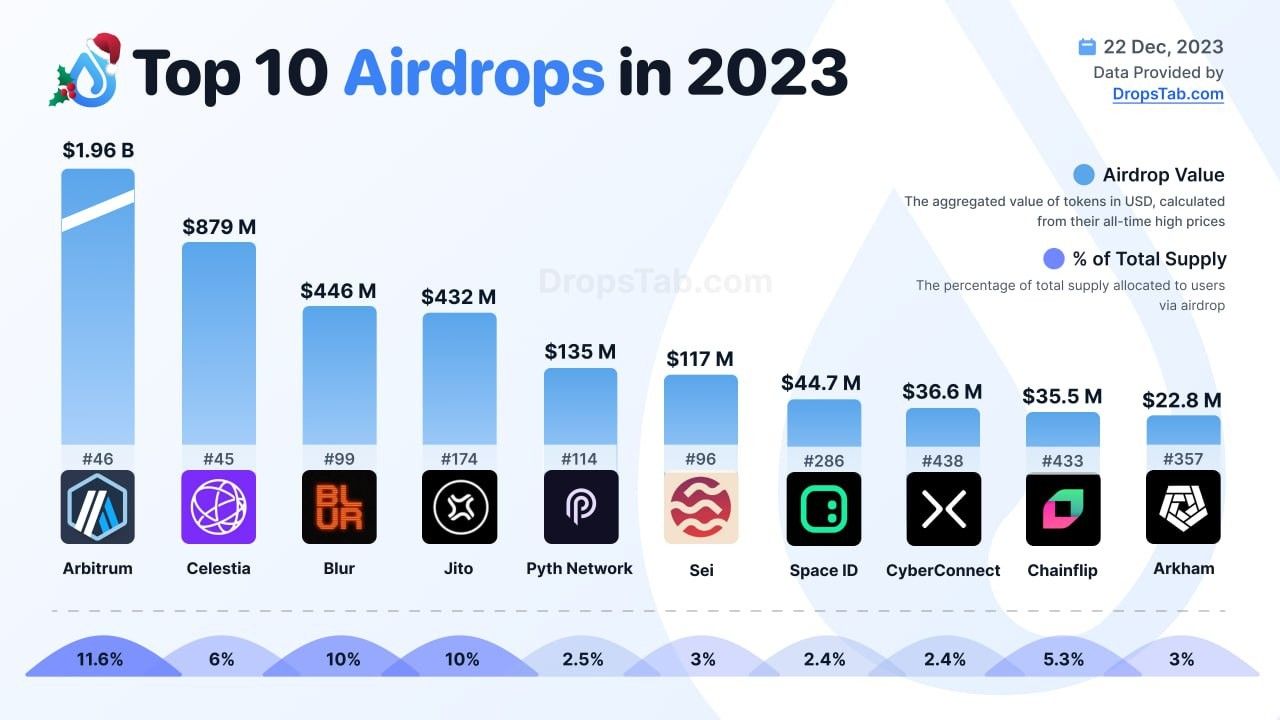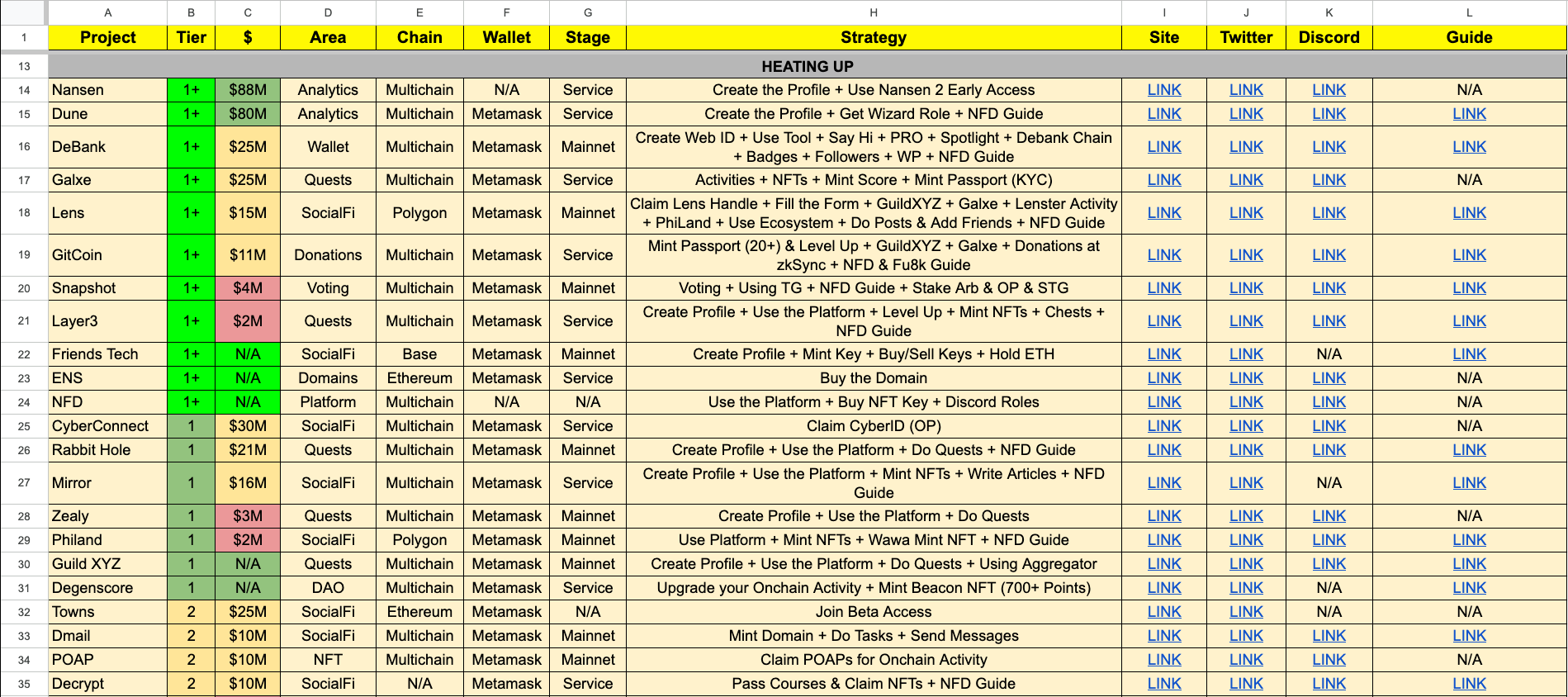Wallet Warming: A Strategic Growth Lever for Web3 Projects

Why Web3 Projects Should Simulate Activity Before Launch
In a highly competitive Web3 environment where attention and traction are scarce commodities, building an organic on-chain profile isn't just important — it’s strategic. In the early days of crypto, a few transactions might have been enough to earn surprise airdrops. Today, the landscape has shifted dramatically. The market is flooded with capital, projects, and thousands of sybil wallets. Massive retroactive airdrops from Arbitrum, Celestia, Blur, and others have rewarded communities handsomely and raised the bar for meaningful on-chain engagement.
This shift opens two directions for Web3 founders and launch teams: first, understanding how wallet warming and multi-accounting work is essential to mitigating sybil threats. Second — and more strategically — these same mechanics can be leveraged as part of your pre-TGE and pre-launch growth strategy. Simulating credible activity, building networks of valid accounts, and establishing trustworthy on-chain profiles can help you reach critical mass before attracting outside capital or attention.
Retroactive Airdrops as a Signal: What Founders Should Know
This article focuses on properly warming wallets and social accounts to build a resilient on-chain reputation. We won’t repeat the basic multi-accounting tools covered in Part 1 of the Cware Labs guide. Instead, we’ll go deeper into warming strategies as a multi-layered process: combining on-chain and off-chain activity, infrastructure setup, and behavior modeling.
Keep in mind: these tactics go far beyond chasing airdrops. They’re part of a broader strategy to manage digital presence and reputation in a Web3 world where participation metrics, behavioral signals, and identity scores determine allocation, access, and reach.
Here’s a snapshot of the top retroactive airdrops from 2023: Arbitrum, Celestia, Blur, Jito, Pyth Network, Sei, Space ID, CyberConnect, ChainFlip, and Arkham. Our team successfully activated and optimized wallet activity for most of them, except Jito and Pyth. In addition to Dropstab’s infographic, we recommend CoinGecko’s report: 50 Biggest Crypto Airdrops.

Top 10 retroactive airdrops of 2023.
From 2017 to 2024: The Evolution of Onchain Behavior
To warm wallets effectively, you need to understand the historical context. Between 2017 and 2019, Web3 was still in its formative phase. “Bounty programs” rewarded users for simple tasks like retweets, comments, or writing reviews. Onchain reputation, wallet scores, or loyalty mechanics didn’t exist. ICO participation was tied to basic social proof, with forums like Bitcointalk as the primary gatekeepers.
From 2019 to 2021, the rise of DeFi shifted the paradigm. Projects like Uniswap, dYdX, 1inch, and Ribbon introduced retroactive rewards based on actual usage — swaps, liquidity provision, governance, and experimentation. This marked the birth of “on-chain loyalty.” Projects realized it was more effective to reward real users than speculators. A pattern of time-distributed actions became the blueprint for a “living” wallet.
Between 2022 and 2023, the focus drifted toward NFTs, whitelists, and giveaway platforms. Premint infrastructure exploded. But this phase brought inflation in behavior — a flood of users tried to game the system with bots, forcing teams to implement filters, anti-bot rules, and Sybil protection.
Why Transactions Alone Aren’t Enough: The Value of Realistic Profiles
2023–2024 marked a new era. Airdrops moved from simple triggers to quest-based platforms, blending on-chain and off-chain actions. Instead of rewarding one-off interactions, projects now require sequences: social media tasks, protocol use, governance, and partner integrations. Loyalty systems emerged, scoring users based on consistent behavioral patterns.
This made wallet warming more essential than ever. Projects can now detect sybil-like patterns and weed out fake activity. The difference between winners and losers isn’t the number of wallets — it’s behavioral authenticity.
Today’s multi-accounting is less about scale and more about simulating lifelike digital behavior — combining logic, network effects, and account-level nuances. The following part will explore the technical blueprint of effective wallet warming, red flag prevention, and behavioral modeling.
Wallet Warming in Practice: From Infrastructure to Behavior
Multi-accounting involves managing multiple identities across the crypto ecosystem, including testnets, airdrops, ambassador programs, Gleam raffles, NFT lotteries, retro drops, and more.
Abusing (or “abusing”) refers to repetitive tasks done solely to earn rewards, often with little intention of contributing value. However, when used strategically, these mechanics can simulate organic interest and help projects gain early traction.
Key tools include:
- Anti-detect browser: Dolphin Anty
- Proxy providers: Proxyline / Proxy6
- Wallet tools: Metamask / Cointool
- Social accounts: ACCS Market / DarkStore
- SMS verifications: SMS-Activate
- Subaccount CEX for deposits: OKX
True wallet warming isn’t just about making random transactions. It’s a structured process — every step must create the illusion of organic, user-driven behavior.
Start with infrastructure. Every account must operate in a unique environment. Use anti-detect browsers, private proxies, and unique fingerprints. A network of wallets from one IP or browser setup is easily detected. You must also track seed phrases, account links, email logins, and activity logs to avoid collapsing the entire operation due to human error.
Then comes the behavioral layer. The timing of actions matters most. Real users don’t perform 10 transactions in a day across all chains. They return over time, test different features, and take pauses. The longer you maintain an account, the stronger its reputation. Wallet warming is a long game, not a sprint.
How a Wallet Should Behave: The Ideal Pattern
A well-warmed wallet must exist across multiple layers of activity. That includes L1 chains like Ethereum, BNB, Polygon, and newer L2 networks like Arbitrum, zkSync, Linea, and Base. But it’s not just about interacting — it’s about using infrastructure: bridges, swaps, lending, farming. Ideally, with pauses in between.
Legitimacy increases with governance participation, staking, and delegation. These actions are more complex to fake and send strong positive signals.
Off-chain presence matters, too. A Twitter account over a year old, with a unique avatar, influencer followers, and active posting, is a real user. The same goes for Discord — meaningful chat participation, message reactions, and earned roles. Ideally, your on-chain and off-chain activity should reinforce each other, creating a single digital persona.
For Web3 founders, this model also applies to early community simulation. During a pre-TGE campaign, you can create a prepared network of “demand-generating” wallets that participate in contests, test the product, and signal traction to investors. This helps avoid the “cold launch” trap, especially if you're entering the market with no prior hype.
Project Discovery & Wallet Warming Targets
We’ve created the ultimate resource: a spreadsheet of 100+ wallet-warming targets and airdrop prospects — including activity tiers, quest strategies, social links, and abuse guides. Updated as of December 27, 2023: Retrodrops by Cware Labs

Retrodrops Spreadsheet by Cware Labs
The table includes LayerZero, Wormhole, Ethereum, BSC, Polygon, Aptos, Solana, Arbitrum, Optimism, Linea, Base, zkSync, Polygon zkEVM, Arbitrum Nova, Scroll, opBNB, Zora, Starknet, and more.
The next part will discuss concrete wallet-warming mechanics, quest platforms, and the intersection between multi-accounting and Web3 marketing.
Quest Platforms & Digital Identity: The New Web3 Norm
The real battle in Web3 isn’t for attention but trust signals. A properly warmed wallet acts as a digital passport—a trust layer that proves this address belongs to a real, engaged user. From a founder’s perspective, it’s a signal amplifier for your project’s early momentum.
Next-gen quest platforms like Layer3, Zealy, RabbitHole, and Galxe now measure participation and engagement depth. They track behavior, build identity maps, and reward users who interact consistently with new dApps, complete tasks, and lock in their activity with NFTs or XP.
If you’re running multi-accounts, your goal is to build narratives, not just checkboxes. If you’re building a product, quest platforms can power your airdrop logic, user segmentation, and early loyalty base. It's all about flexible GTM design.
Tools like ENS domains, active Twitter profiles, repeated DAO voting via Snapshot or Tally, articles on Mirror, and Gitcoin donations aren’t just wallet warmers. They’re reputation builders. They make each wallet feel like a real participant, with on-chain history, social context, and behavior trails.
Mistakes & Insights: Depth Beats Scale
The biggest mistake airdrop hunters and early-stage founders made is chasing volume. However, as filters and detection methods improve, depth matters more than mass.
Ten well-warmed wallets with multi-layered activity beat 100 shallow, generic ones. Founders who understand this early on can build real early-user pools, not empty followings.
Final Thought
Wallet warming isn’t a growth hack — it’s a discipline. Mastering on-chain behavior is a significant competitive advantage in a market that values behavior, resilience, and signal depth. If you're a Web3 founder launching a token, collection, or dApp, these strategies can help you simulate traction, attract real users, and position your product as “alive” in the eyes of investors and the community.
Cware Labs can be your strategic partner if you're building from scratch. We consult on multi-accounting infrastructure, simulate early traction, and apply these frameworks in our campaigns. Whether you're looking to attract early traffic, polish your metrics, or prepare for funding, we know how to make your project look active, credible, and ready for scale. Reach out to us to discuss your strategy.
And be sure to follow Cware Articles — where we publish only battle-tested frameworks, growth insights, and strategic breakdowns for Web3 founders ready to scale.
